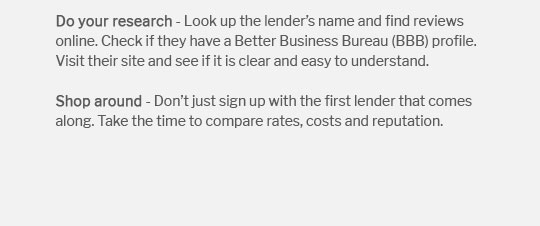 |
|||
 |
 |
 |
||
|---|---|---|
 |
||
 |
||
 |
||
 |
||
 |
 |
 |
 |
How to Refinance a Home: Expert Tips and Advice for Making Informed DecisionsRefinancing your home can be a strategic move to reduce monthly payments, secure a lower interest rate, or change loan terms. This guide will walk you through the process, offering expert tips and advice to help you make informed decisions. Understanding the Basics of Home RefinancingHome refinancing involves replacing your existing mortgage with a new one, ideally with better terms. It's essential to understand the benefits and potential pitfalls before proceeding. Benefits of Refinancing
Potential DrawbacksWhile refinancing offers numerous advantages, it's important to be aware of potential drawbacks, such as closing costs and the risk of extending your loan term, which could increase the total interest paid. Steps to Refinance Your HomeEvaluate Your Financial SituationBefore you refinance, assess your financial goals and current mortgage terms. Consider whether you need a refinance mortgage with no income verification if your income situation has changed. Research and Compare LendersShop around to find the best rates and terms. Comparing multiple lenders can help you identify the best refinance option for your needs. Apply for a LoanOnce you've chosen a lender, submit your application along with the required documentation, such as income verification and credit reports. Close on Your New LoanAfter approval, you'll need to attend a closing meeting to sign the necessary paperwork and finalize the refinance. Common Refinancing OptionsRate-and-Term RefinanceThis type of refinance focuses on securing a lower interest rate or adjusting the loan term. It's one of the most common and straightforward options. Cash-Out RefinanceIf you have significant equity, a cash-out refinance allows you to access cash for various needs. Ensure you're using these funds wisely to avoid future financial strain. No-Points RefinancingFor those looking to avoid upfront costs, a refinance mortgage with no points can be an attractive option, as it eliminates the need to pay for discount points. FAQWhat are the typical costs associated with refinancing a home?Refinancing typically involves costs such as appraisal fees, origination fees, and closing costs. These can range from 2% to 5% of the loan amount. How do I know if refinancing is right for me?Consider your financial goals, current interest rates, and how long you plan to stay in your home. If the savings outweigh the costs, refinancing might be beneficial. Can I refinance if my home value has decreased?It can be challenging, but options like government-backed programs might be available to help those with decreased home values refinance. https://www.guildmortgage.com/refinance-a-mortgage/
The refinance process begins with an application. You'll need some of the same documents provided during your first mortgage loan to qualify for ... https://www.ramseysolutions.com/real-estate/refinancing-mortgage?srsltid=AfmBOoovBGJTJTzQJzVtL_yR7uVgVNcHI-3Paiu24-_F3owTVmuhXg4N
Mortgage refinancing is replacing your existing mortgage with a new mortgage, usually to get a better interest rate. https://www.citizensbank.com/learning/refinance-process.aspx
Step 1: Gather all your information for the application - Step 2: Apply to refinance your mortgage - Step 3: Work with us through the refinancing process - Step 4: ...
|
|---|